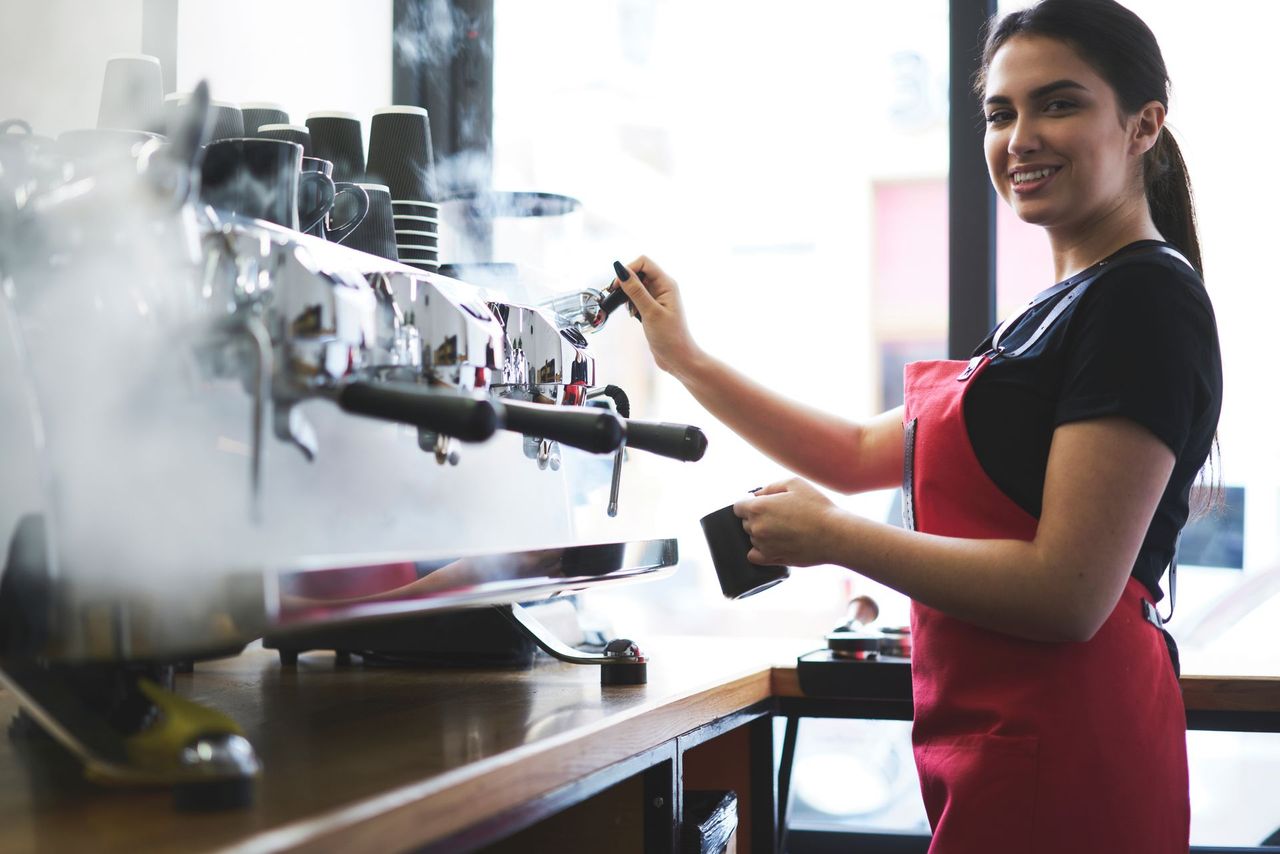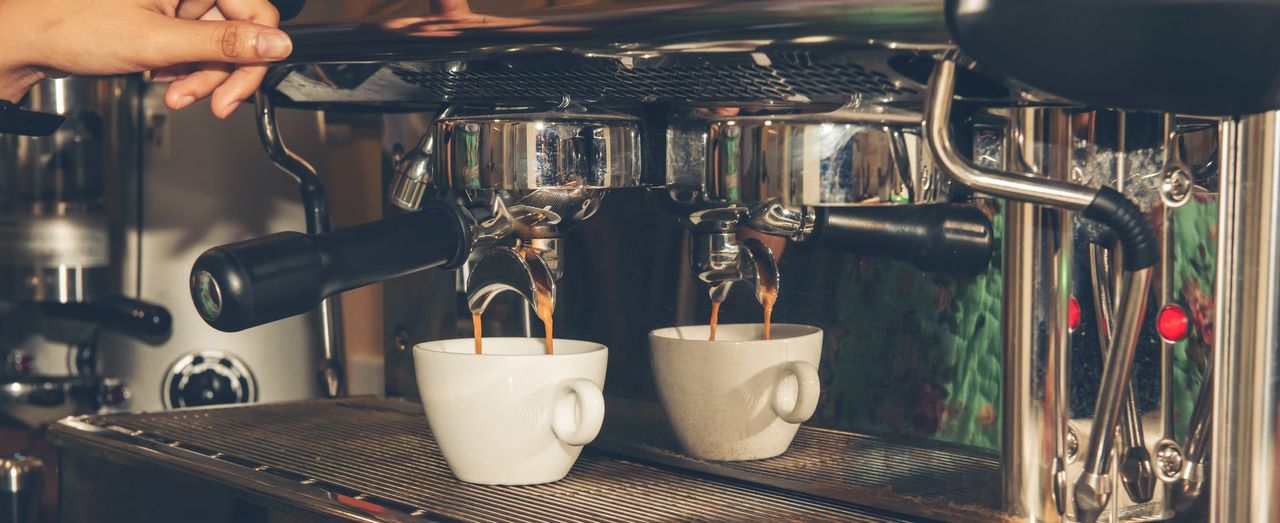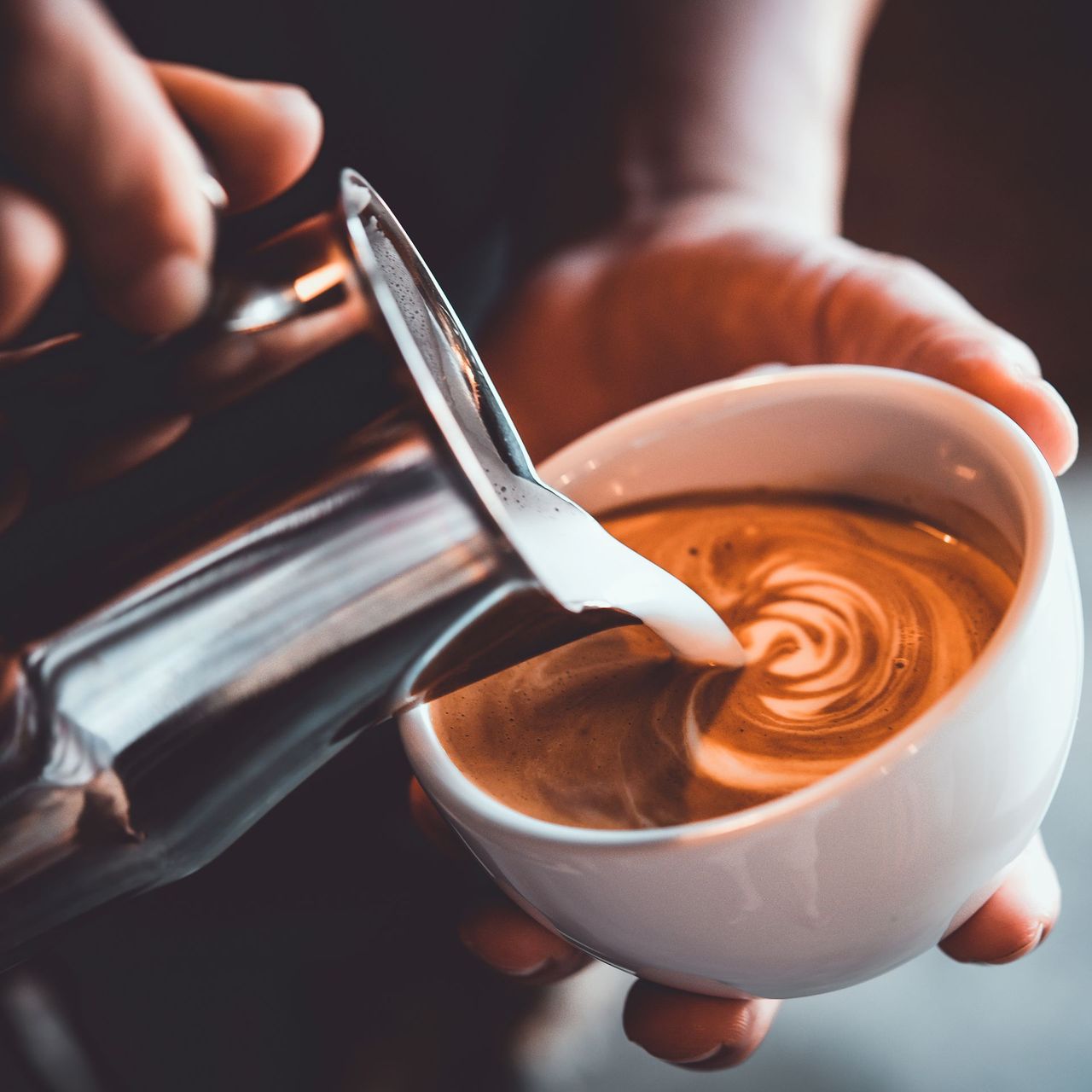taste the BEAN NOT THE ROAST
Gulf Roast coffee
is sourced direct from farmers all around the world
only available by pick up or local delivery.

Fresh
roast.

Fresh
GRIND.

Fresh
BREW.
Vecinos Coffee Guy
Roast philosophy
“Taste the bean, not the roast”
We roast every coffee bean separately to bring out the best for that coffee origin. The bright note of Coffee‘s known as acidic we roast light to preserve that bright note. The darker you roast a coffee the more the brightness goes away. Lower acidic, Coffees can be roasted light or dark because there’s no brightness that goes away. Some would say the sugar’s come out with a darker roast. So if you want a dark roast coffee, pick a coffee that is primarily from the Asia or some South American can be roasted light or dark being low acidic.
The sustainability of the coffee farmer . We try whenever possible to take out the middle man that sometimes makes more money than the Farmer who raises the coffee. Here are some of the coffee trading practices.
Terroir:
Where Flavor is Born
In coffee, terroir includes elements like:
- Soil: The type and nutrient content of the soil where coffee is grown.
- Climate:
Factors like temperature, rainfall, and humidity.
- Altitude: Higher altitudes often result in cooler temperatures and more acidic coffee.
- Microclimate: Specific variations in climate within a region.
- Rainfall: Coffee plants need both rainy and dry seasons to thrive.
GULF ROAST ACADEMY
Our introduction to becoming a barista includes comprehensive understanding of the business, science and art of meeting the demands of coffee connoisseurs.
Day 1
- Trends & philosophies
- Espresso equipment
- Extraction 1 Espresso extraction
- Lunch
- Milk texture
- Espresso drink definitions
- Practice

Day 2
- Coffee processing
- Coffee cupping style extraction
- Various brew extractions
- Lunch
- Latte art pours
- Practice

Day 3
- Customer service
- Latte art - part 2 - pours
- Ice and blended drinks
- Lunch
- Certification and training
- Order drills


